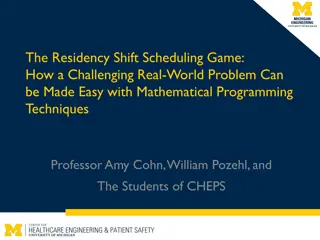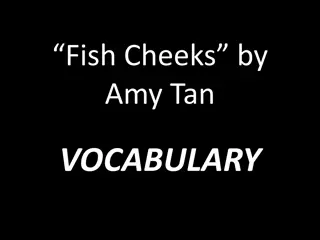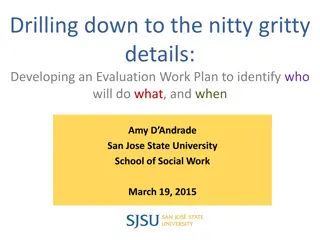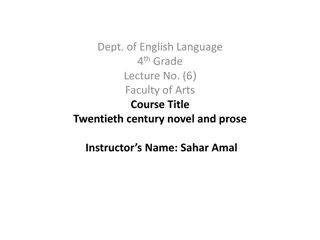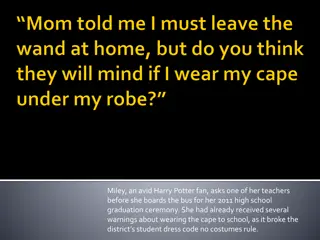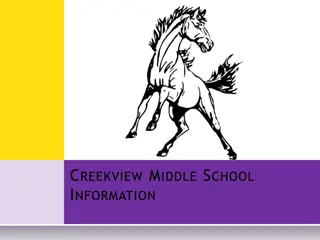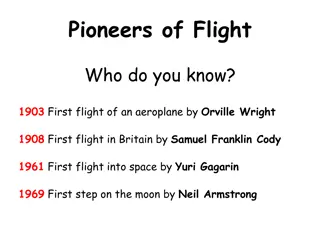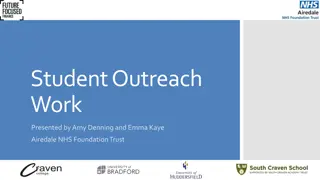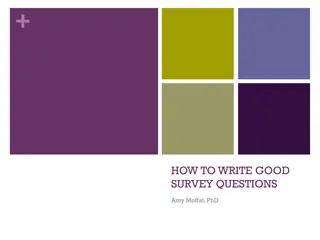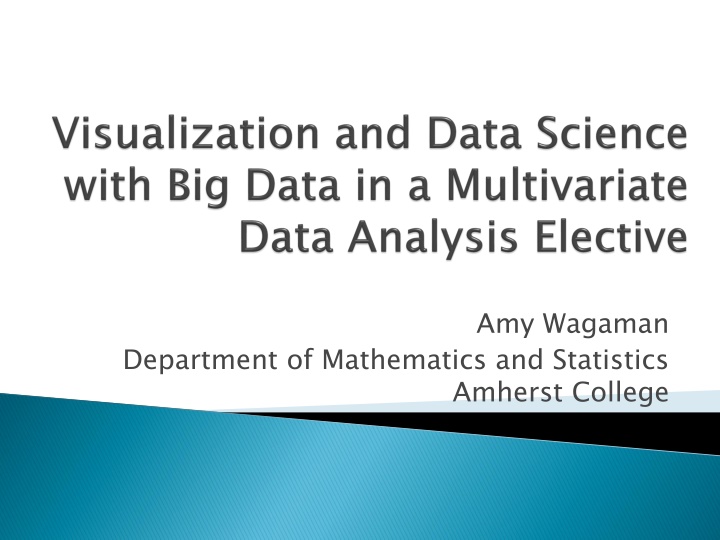
Enhancing Data Analysis and Visualization Skills in Statistics Education
Explore how to integrate computational and data management skills into the curriculum, focusing on multivariate data analysis and visualization techniques in statistics education. Discover the importance of coding, course projects, and tools like R and ggplot2 for effective data analysis.
Download Presentation

Please find below an Image/Link to download the presentation.
The content on the website is provided AS IS for your information and personal use only. It may not be sold, licensed, or shared on other websites without obtaining consent from the author. If you encounter any issues during the download, it is possible that the publisher has removed the file from their server.
You are allowed to download the files provided on this website for personal or commercial use, subject to the condition that they are used lawfully. All files are the property of their respective owners.
The content on the website is provided AS IS for your information and personal use only. It may not be sold, licensed, or shared on other websites without obtaining consent from the author.
E N D
Presentation Transcript
Amy Wagaman Department of Mathematics and Statistics Amherst College
Who What with Big Data including computational and data management skills Why decisions; Relevant for understanding results that impact their own life decisions When/Where Focus here is for a level beyond an intro course How Who: Our students and their instructors (us) What: Ability to think about, visualize, and work Why: Jobs require analyzing data to make When/Where: Somewhere in our curriculum How do we tie these skills in to what we teach?
JSM 2013 session on The 'Third' Course in Applied Statistics for Undergraduates Common theme was multivariate data analysis Many schools have similar courses or other electives with heavy focus on data analysis Needs to have some expectation of coding or computational skill development Course projects help!
Taught F09, F12, and again in F14 10-20 students Module-based covering selected topics Requires weekly/bi-weekly data analysis assignments and course project (including presentation); may use multiple projects Uses R as software RStudio/RMarkdown Demonstrate current uses of methods to students via recent literature with examples
Spend time showing students the importance of visualization students should want to make many different pictures of their data before doing anything else Communicate information with plots using colors, symbols, possibly in 3-D, maps Incorporate a project solely designed for students to experiment with visualization Many possible tools: simple ideas: Chernoff faces and star plots Ggobi (can link to R) or tourr package and associated GUI for projection-based tours through data ggplot2 has many plotting options easy to make maps
Tourr package in R; example on flea beetle data set Colors are different species; six measurement variables are scaled; length of axes shows projection coordinates Simple command: animate_xy(flea[,-7],col=flea[,7]) Ended tour on this frame
Introduce students to alternative data formats such as streaming data or data in large databases Discuss computational issues and issues computing online rather than offline Discuss issues with multiple testing including possible solutions such as false discovery rates Discuss possibilities of sparse solutions to deal with some associated problems
Definition of a data scientist: a data scientist is someone who can obtain, scrub, explore, model and interpret data, blending hacking, statistics and machine learning. (Daniel Tunkelang, LinkedIn; Forbes 2011 article) Our students need to develop and practice: Computing skills Communication skills Asking questions And have opportunities to be inquisitive and creative along the way
The sky (or rather, computational resources) is the limit! Group projects offer a real benefit to students to learn from one another and produce something no individual one of them could have Incorporate open-ended questions (or let them brainstorm their own questions) Incorporate presentations (can be done at many stages of the project proposals, handouts, final presentations, writing abstracts and reports)
Ask colleagues for neat examples and suggestions for data sets Plenty of data repositories online (may not be BIG data) Model eliciting activities (MEAs) practice group work, looking at data, and communication skills Swayne, Deborah F., et al. "GGobi: evolving from XGobi into an extensible framework for interactive data visualization." Computational Statistics & Data Analysis 43.4 (2003): 423-444. Wickham, Hadley, et al. "tourr: An R package for exploring multivariate data with projections." Journal of Statistical Software 40.2 (2011): 1-18. Woods, Dan. LinkedIn's Daniel Tunkelang On What Is a Data Scientist? Forbes, October 24, 2011.





